- Trails
-
Bikes
-
Gear
-
Tips & Tricks
-
About us
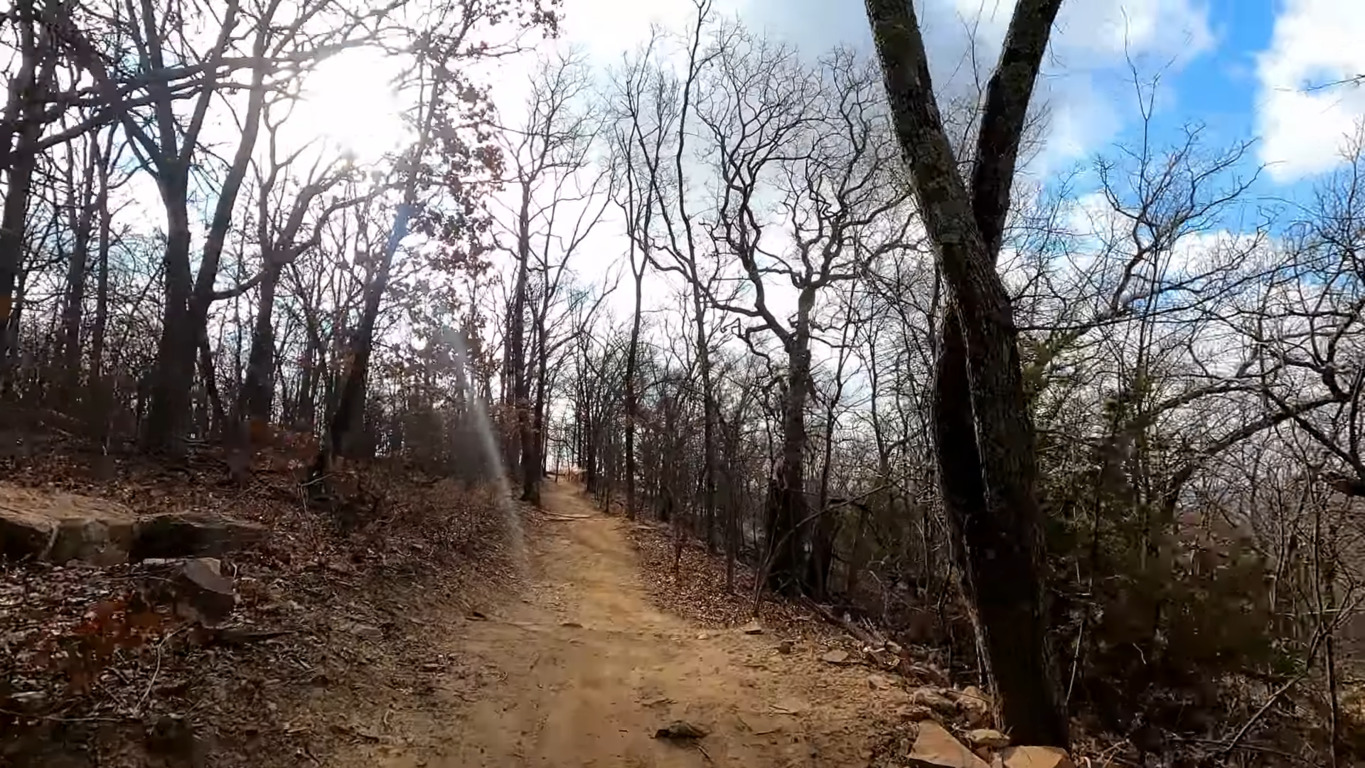
 4.97 mi
4.97 mi
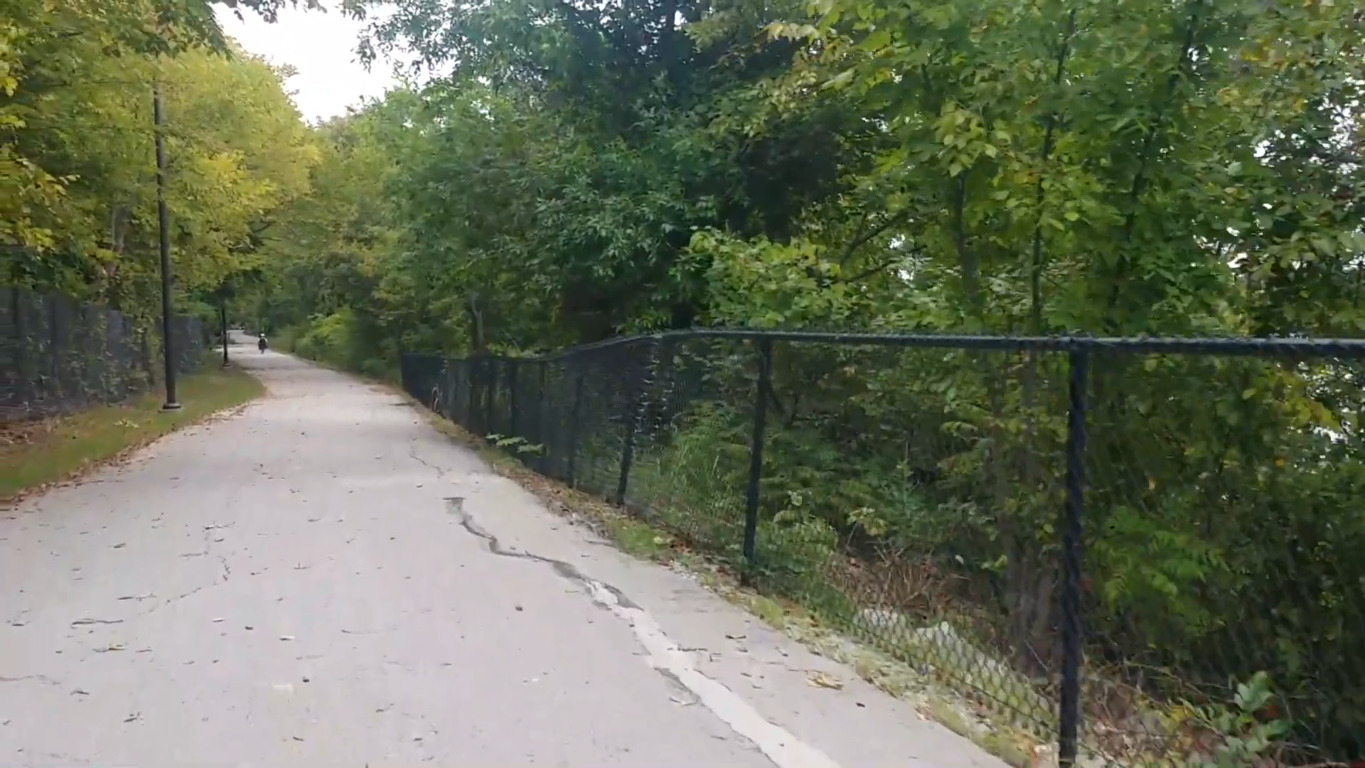
 6.27 mi
6.27 mi
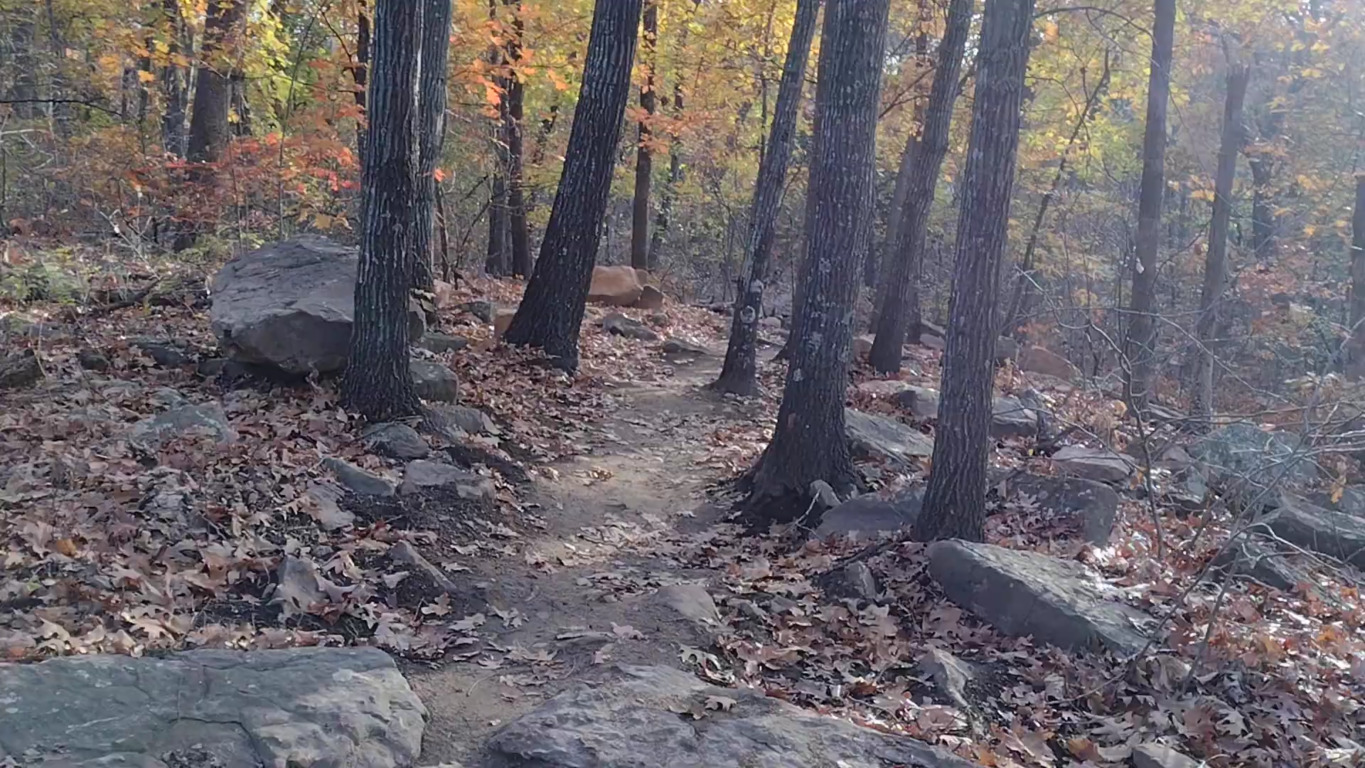
 1.61 mi
1.61 mi
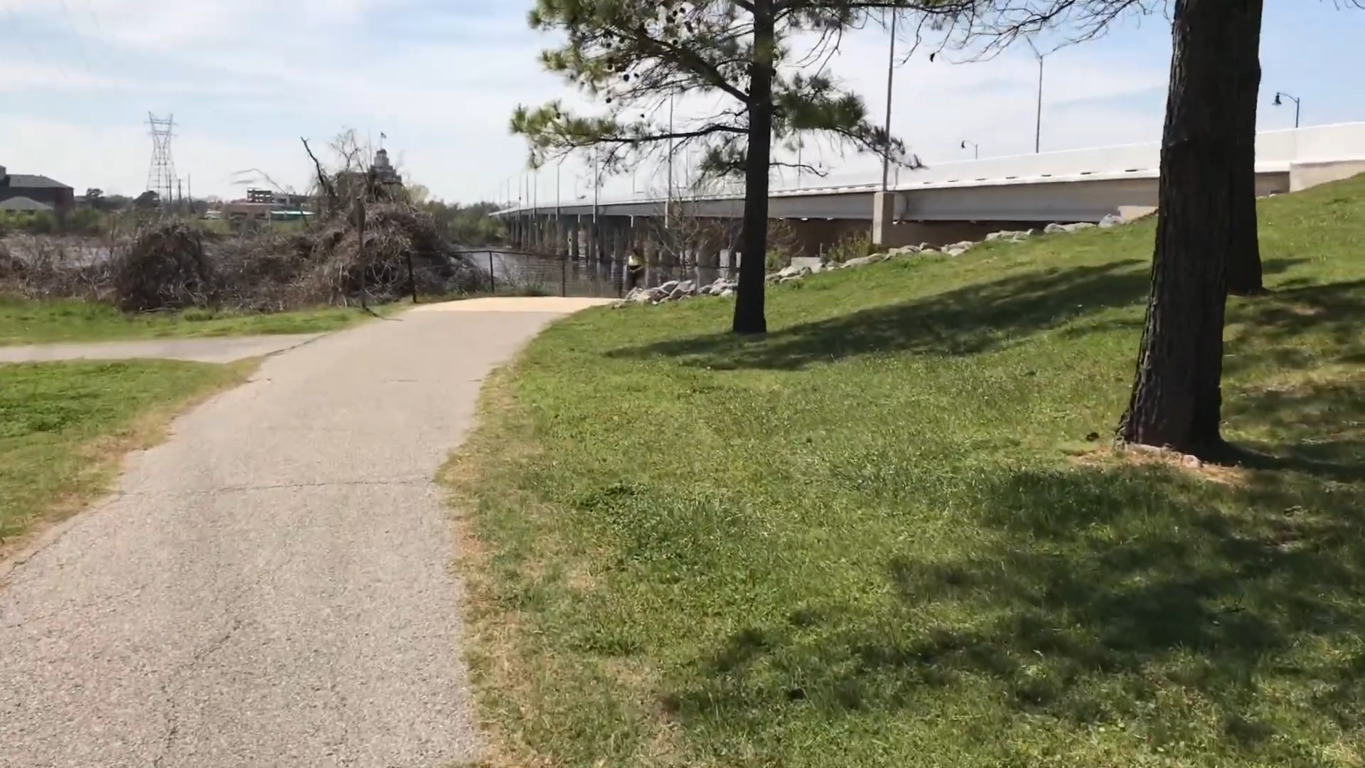
 8.38 mi
8.38 mi
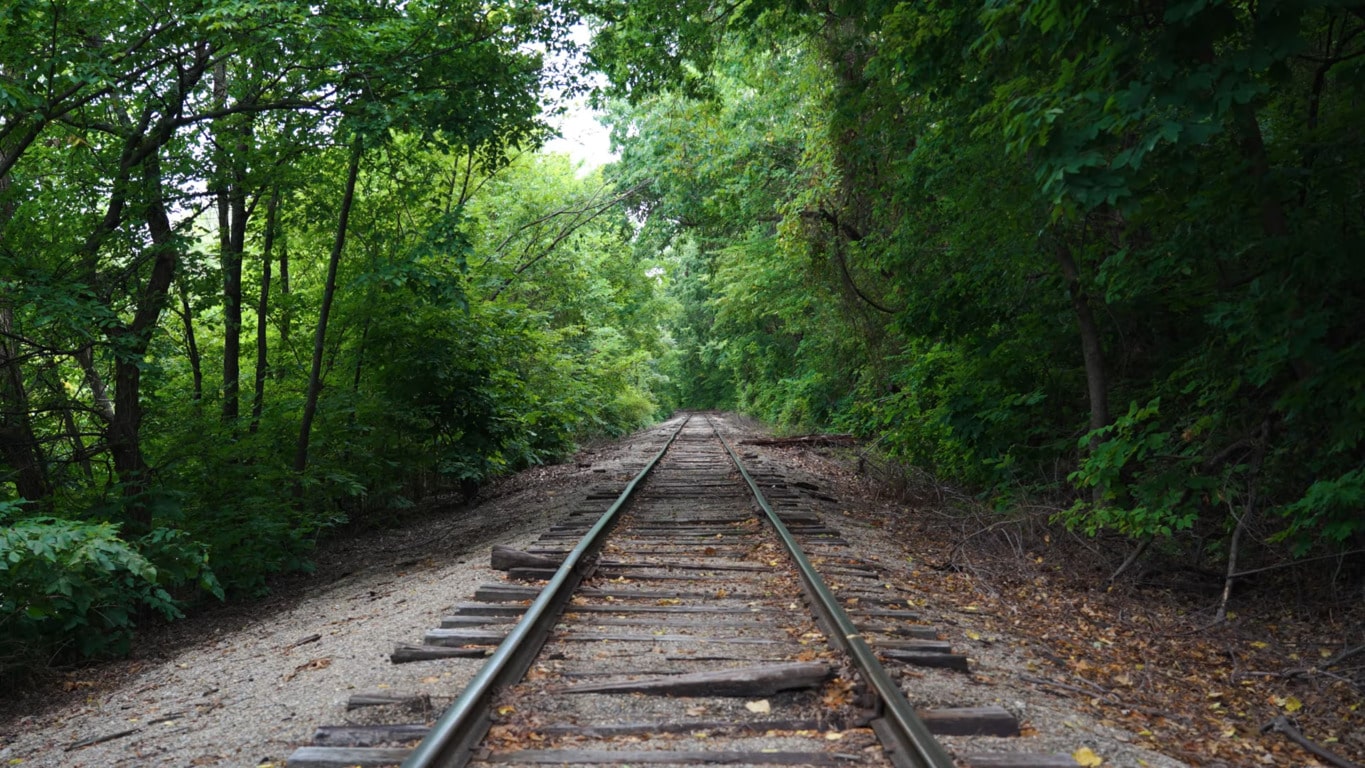
 5.28 mi
5.28 mi
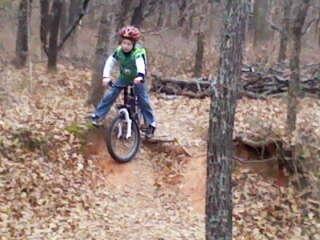
 15 mi
15 mi
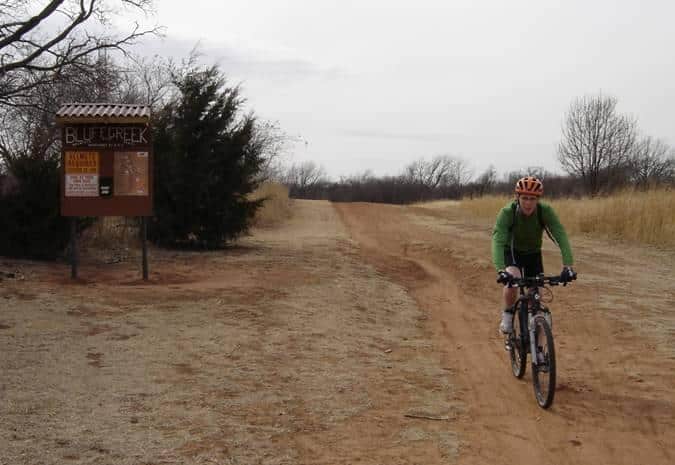
 4 mi
4 mi
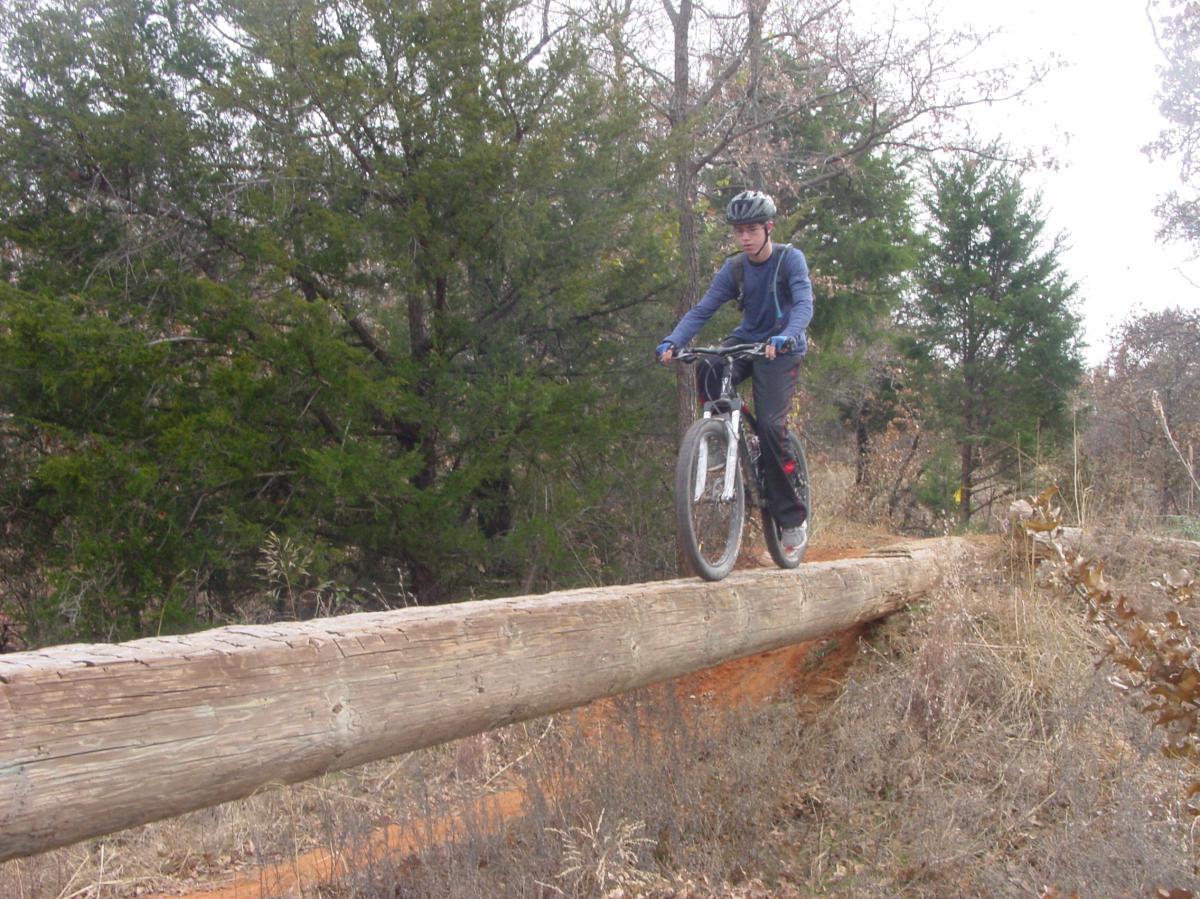
 13 mi
13 mi
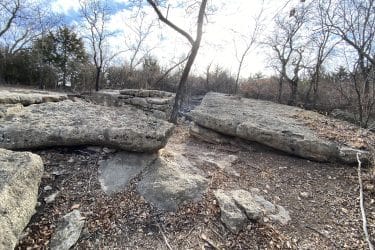
 8 mi
8 mi
Oklahoma is among the 20 largest states in America. It has a total area of 96,903 square miles, made up of 70.9% land and 1.3% water.
The state has 10 ecological regions; Gypsum Hills, Ozark Plateau, Red River Valley Region, Ouachita Mountains, Arbuckle Mountains, Prairie Plains, High Plains, Red Beds Plains, Sandstone Hills Region, and Wichita Mountains.
The southern-central state has a variety of landforms, and the highest and lowest points are Black Mesa and Little River, respectively. There are low hills, flat regions, towering mountains, and oil and gas reservoirs, as well as shoreline that extend to 11,611 miles.
Farmland occupies 33.7 million acres, and the common crops are wheat, sorghum, corn, soybeans, and peanuts. There are numerous ranches and the state is one of the top producers of beef and pecan. Oklahoma also has several oil and gas reservoirs, and it is also known for helium, alabaster, lead, zinc, and gypsum.
The nearby states are Missouri, New Mexico, Colorado, Texas, Kansas and Arkansas. Arkansas River and the Red River are the major rivers, and the largest lakes are Lake Eufaula and Texoma.
There are many parks and recreational areas such as the Chickasaw National Recreation Area, a popular tourist site with mineral springs and designated spots for camping, hiking, biking, boating and fishing.
| Land area (sq. mi; sq. km) | 69,898 sq mi (181,038 km2) |
| Minimum Elevation | 289 ft (88 m) |
| Maximum Elevation | 4,975 ft (1,516 m) |
Oklahoma is among the most populous states with a population of 3,948,136 made up of 64.9% White, 7.31% American Indian or Alaska Native, 7.23% two or more races, 7.14% Black or African American, and 6.25% Hispanic. Those whose primary language is non-English language make up 10.6% of the population. The main non-English languages are Spanish and Vietnamese.
92.6% of the population is U.S. citizens, and 36.7 is the median age.
There are 1,741,721 housing units, 66.1% homeowners, and a median household income of $53,840, with the highest being in Canadian County.
There are 1.69 million employees mainly working in Restaurants and Food Services, Elementary and Secondary schools, and Construction sectors, and the median earning is $29,297 for women and $41,709 for men. 22 minutes is the average commute time.
Coal-n.e.c is the top domestic product with $20.7B, and the main domestic partners are Texas, Kansas, and California states.
| Total population | 4,019,800 |
| Population density (persons per sq. km) | 55.20/sq mi (21.30/km2) |
The climate in Oklahoma varies according to the region. The eastern and southern regions are cloudier and more humid than the northern and western zones because of the moist and warm air from the Gulf of Mexico. The climate is semi-arid in the west, cold in the north, and humid in the east and south regions.
There are long and hot summers, and the warm months are from June to September, with daily temperatures above 83°F, and occasionally exceeding 100°F in the western zone. July has an average nighttime low of 73°F and a high of 93°F. Consistent winds help to alleviate the heat in summer, but they can also increase the coldness in winter. Summers include frequent showers and thunderstorms.
There are cold winters that are short, windy, snowy, and fairly dry. The cool months are from November to February. January has an average high of 50°F and a nighttime low of 31°F.
There are partial clouds for the better part of the year, and the average annual temperature is 60°F. The temperature rarely rises above 102°F or falls below 17°F.
Spring is punctuated by increased precipitation, hail, and thunderstorms, especially in central Oklahoma, which is also prone to tornados due to its location in the heart of Tornado Alley.
Pay a visit to the National Weather Center for more information about the severe occurrences in Oklahoma.
| Month | Temperature |
|---|---|
| January | 39.1°F |
| February | 42.6°F |
| March | 52.4°F |
| April | 61.8°F |
| May | 70.3°F |
| June | 79.2°F |
| July | 84°F |
| August | 83.7°F |
| September | 75.3°F |
| October | 63.3°F |
| November | 51.6°F |
| December | 40.7°F |
Oklahoma has five interstate highways, including Interstate 35 and Interstate 40, which intersect in the state’s capital and are among the key highways in America. Commute time is relatively short because there is a large freeway network consisting of 6 to 8 lanes and a street network of nearly 13,000 miles.
Amtrak offers passenger rail services via Heartland Flyer, Lime operates electric scooters, and EMBARK is the main provider of bus, bike share, and ferry transit services in the state. Oklahoma City Streetcar provides a convenient way to navigate the different districts with various hotspots.
Will Rogers World Airport is the main airport that you can access via many interstate highways and freeways. Other major airports are Tulsa International Airport, Wiley Post Airport, Lawton–Fort Sill Regional Airport, and Stillwater Regional Airport.
Mountains, lakes, parks, quirky statues, southern-style dishes, sports, and museums are among the key attractions in Oklahoma. What’s more, there is a reliable infrastructure to ease transport around the state.
The 65-acre Bales Park trail system, including the more challenging Blackjack trail, is one of the popular ones in the Tulsa region for beginner and intermediate riders, along with the Creek Turnpike Trail.
Other places you should explore include:
The wildly popular Lake Draper Trail has loops of varied length and includes segments with sand, banked turns, and flowy descents for a fast ride as well as log crossing, tough berms, and extended climbs that many find brutal.
The Bert Cooper Trail is a bike path that is paved with asphalt and runs along wooded forests and the shoreline of Lake Hefner with scenic views of the sunset, lighthouse, sailboats, and migratory species. Water fountains, portable toilets, and fishing docks are available, and you can take part in boating and fishing.
They include the Turkey Beginner Zone, which is flat for the most part with few rocks and roots, compared to the rocky Turkey Hold the Rocks Trail, which has many technical obstacles and steep downhills, not to mention the new Boomtown Trail with technical rock lines, jumps and steep hills that is the largest mountain bike trail for downhill riding in the state.